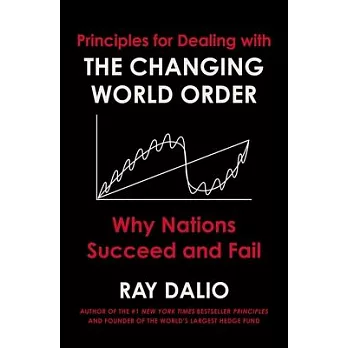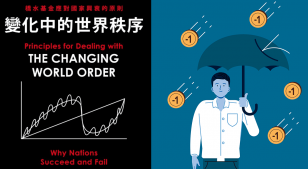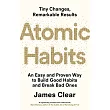來自傳奇投資人、《原則:生活和工作》作者瑞.達利歐,本書檢視歷史上經濟與政治的動盪時期,向我們揭示,為何未來的景象,將極有可能與我們所經驗的一切截然不同,並提供在其中前行的實用建議。
幾年前,瑞.達利歐開始注意到一些他過去未曾親身經歷過的經濟、政治狀況,包含龐大的債務、低利率等,導致世界三大儲備貨幣大量印鈔;由於財富與資源分配不均,數個國家出現巨大的政治和社會衝突;新強權(中國)崛起,挑戰了現今的強權(美國)與世界秩序。達利歐回顧歷史,觀察到上一次出現這些政治與經濟問題匯聚的狀況,是在1930-1945年,這個認知,讓達利歐投入研究過去五百年間,在劇烈權力和財富變動之下,重複的模式和因果關係。
達利歐在本書中分享他的研究,客觀檢視歷史上驅動了全球幾大國家成功與失敗的「大循環」,揭露這些變動背後不變的力量,並運用它們來窺探未來的樣貌,為個人提供迎戰變化的實用原則。
(文/博客來編譯)
NEW YORK TIMES BESTSELLER * MORE THAN ONE MILLION COPIES SOLD
"A provocative read...There are few tomes that coherently map such broad economic histories as well as Mr. Dalio’s. Perhaps more unusually, Mr. Dalio has managed to identify metrics from that history that can be applied to understand today." --Andrew Ross Sorkin, The New York TimesFrom legendary investor Ray Dalio, author of the #1 New York Times bestseller Principles, who has spent half a century studying global economies and markets, Principles for Dealing with the Changing World Order examines history’s most turbulent economic and political periods to reveal why the times ahead will likely be radically different from those we’ve experienced in our lifetimes--and to offer practical advice on how to navigate them well. A few years ago, Ray Dalio noticed a confluence of political and economic conditions he hadn’t encountered before. They included huge debts and zero or near-zero interest rates that led to massive printing of money in the world’s three major reserve currencies; big political and social conflicts within countries, especially the US, due to the largest wealth, political, and values disparities in more than 100 years; and the rising of a world power (China) to challenge the existing world power (US) and the existing world order. The last time that this confluence occurred was between 1930 and 1945. This realization sent Dalio on a search for the repeating patterns and cause/effect relationships underlying all major changes in wealth and power over the last 500 years. In this remarkable and timely addition to his Principles series, Dalio brings readers along for his study of the major empires--including the Dutch, the British, and the American--putting into perspective the "Big Cycle" that has driven the successes and failures of all the world’s major countries throughout history. He reveals the timeless and universal forces behind these shifts and uses them to look into the future, offering practical principles for positioning oneself for what’s ahead.


 天天爆殺
天天爆殺  今日66折
今日66折 



























 博客來
博客來 博客來
博客來 博客來
博客來 博客來
博客來 博客來
博客來